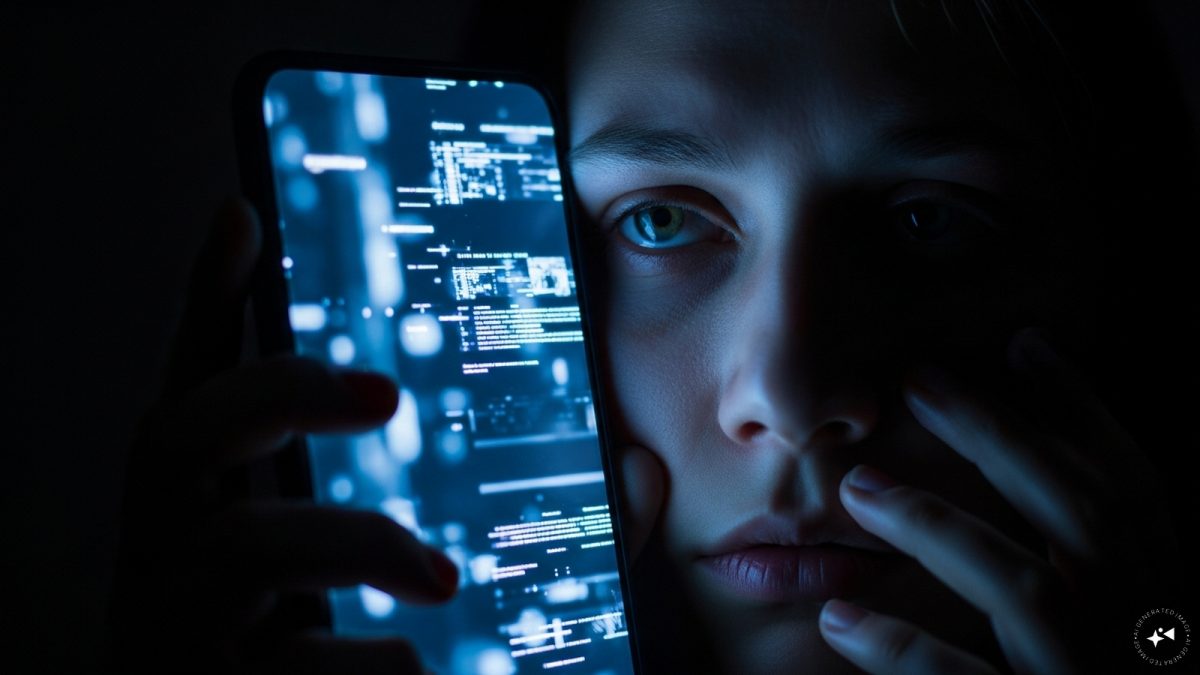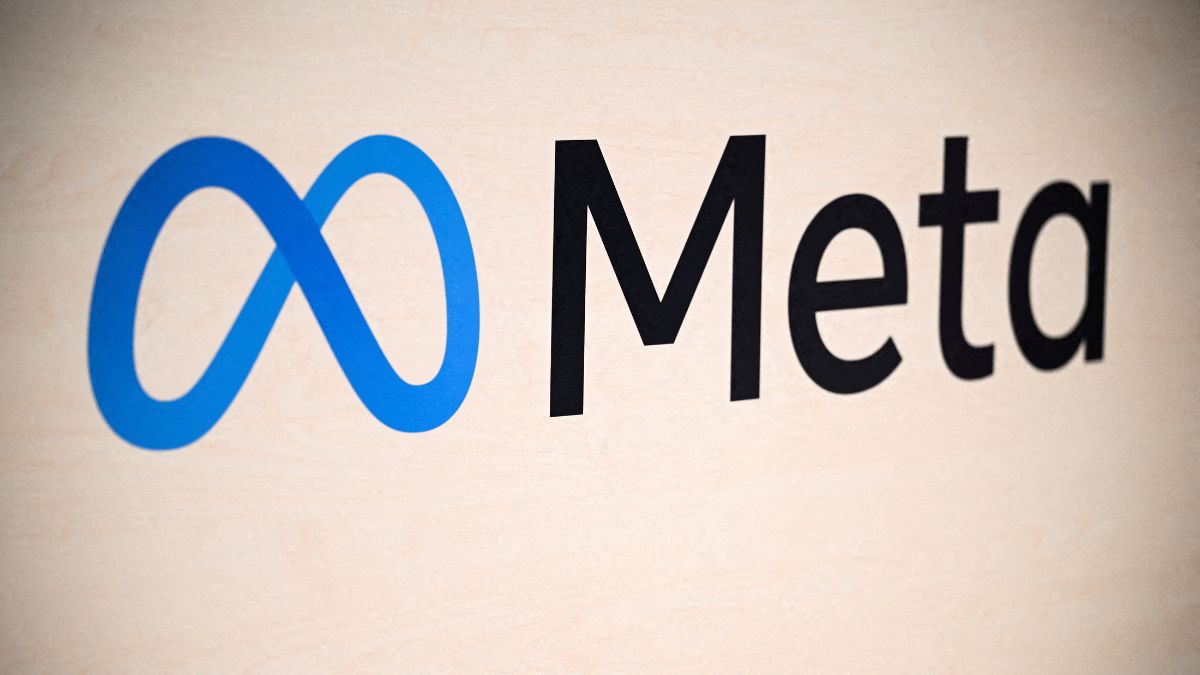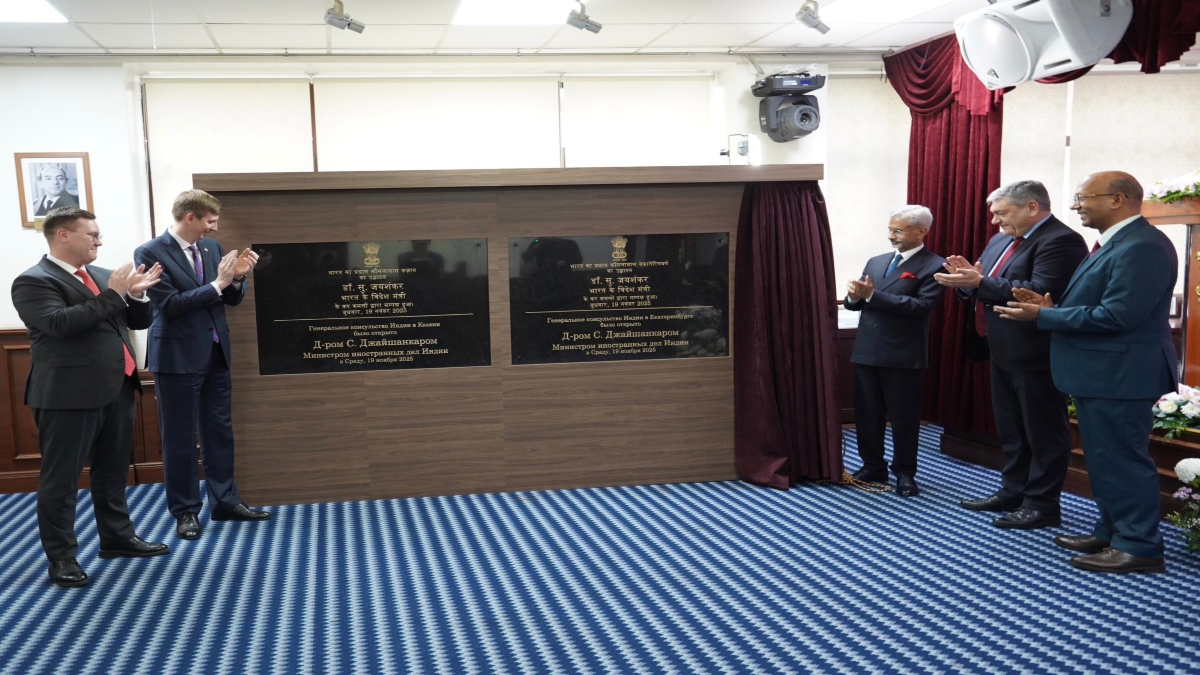As India’s digital consumption surges with average screen time now crossing 7 hours a day, according to recent market-tracking reports. Neurologists are raising alarms about an under-recognised consequence of this lifestyle: its impact on people living with epilepsy.
According to The International League Against Epilepsy (ILAE), photosensitive seizures remain common among adolescents and young adults and the WHO highlights that preventable triggers such as sleep deprivation and sensory overstimulation continue to be major concerns. Now, Indian clinicians say the combination of late-night phone use, blue-light exposure and flash-heavy online content may be increasing seizure risks, particularly in vulnerable groups such as children.
Photosensitive content: The rise of digital triggers
Dr Manoj Khanal, Director of Neurology at Max Hospital, Shalimar Bagh, said smartphone-driven photosensitivity is becoming a significant concern.
“Videos with flashing lights, pop-up ads, reels, or even targeted trolling using strobing effects can trigger seizures in photosensitive patients,” he added.
With more entertainment platforms relying on rapid transitions, high-contrast edits and bright visual stimuli, neurologists say the digital environment has unintentionally amplified exposure to known seizure triggers.
Research published in Epilepsia and Seizure journals has similarly documented a growing number of digitally induced seizures driven by gaming, social media videos and short-form content.
Noise sensitivity: When sudden sounds set off seizures
Beyond visuals, sound patterns can also be problematic. Dr Khanal said that some forms of epilepsy involve “startle-induced seizures”, where unexpected loud noises can trigger an episode.
“Loud notifications, machinery-like sounds, and certain audio patterns from mobile apps can act as triggers in sensitive individuals,” he added. This is particularly concerning in homes where children use shared devices without noise filters or parental controls.
Electromagnetic activity: How devices influence the brain’s rhythms
While evidence is still evolving, neurologists caution that prolonged mobile use may alter the brain’s natural electrical activity.
According to Dr Khanal, “Normal brain rhythm is alpha activity. Excessive mobile use can induce beta or theta activity, potentially triggering abnormal electrical discharges in epileptic patients.”
Quick Reads
View AllThough more research is needed, clinicians emphasise that electromagnetic exposure combined with other triggers, light flicker, sensory overload and sleep loss may collectively heighten seizure susceptibility.
Sleep deprivation: The biggest and often overlooked trigger
Multiple studies, including findings from ICMR-supported research, show that sleep deprivation is one of the strongest seizure triggers. Smartphones play a central role in disrupting sleep cycles.
Dr Khanal explained:
“The blue light from screens keeps the brain in wake-up mode.”
“Late-night scrolling reduces sleep quality, and notifications or vibrations can further interrupt sleep.”
“Poor sleep increases the likelihood of seizures, especially in children.”
Recent paediatric neurology reports show a rise in emergency-room visits among children with epilepsy correlated with excessive screen exposure and irregular sleep patterns.
Children at highest risk
Children and adolescents, the demographics with the fastest-growing digital usage face magnified risks.
“Children with epilepsy are more prone to screen-triggered events, and prevention is better than cure,” Dr Khanal said. Disrupted sleep, photosensitive content, and inconsistent device supervision make young patients particularly vulnerable.
Child-health experts recommend incorporating screen-hygiene guidance into epilepsy management plans, especially for families relying on devices for study or entertainment.
What experts recommend
Neurologists suggest a comprehensive set of precautions:
*Avoid screen exposure at night, especially 1–2 hours before bedtime.
*Turn off notifications, vibrations and flashing alerts.
*Use blue-light filters or ‘night mode’ settings.
*Avoid high-contrast, fast-flashing videos, gaming content, and strobe-heavy visuals.
*Enforce screen-time limits for children with epilepsy.
*Prioritise sleep hygiene including fixed bedtime routines.
*For high-risk patients, clinicians also advise discussing personalised digital-use guidelines during consultations.
A rising public-health concern
With India projected to remain one of the world’s fastest-growing digital consumer markets, experts warned that epilepsy care must now integrate digital-behaviour counselling. Increased awareness, early guidance and structured screen-hygiene strategies, they said, can significantly reduce avoidable seizures.
“People spend more time on screens than ever before, and this is clearly linked to poorer sleep and increased seizure events in vulnerable patients,” Dr Khanal said. “Understanding these triggers and avoiding them is crucial for long-term control.”


)

)
)
)
)
)
)
)
)



